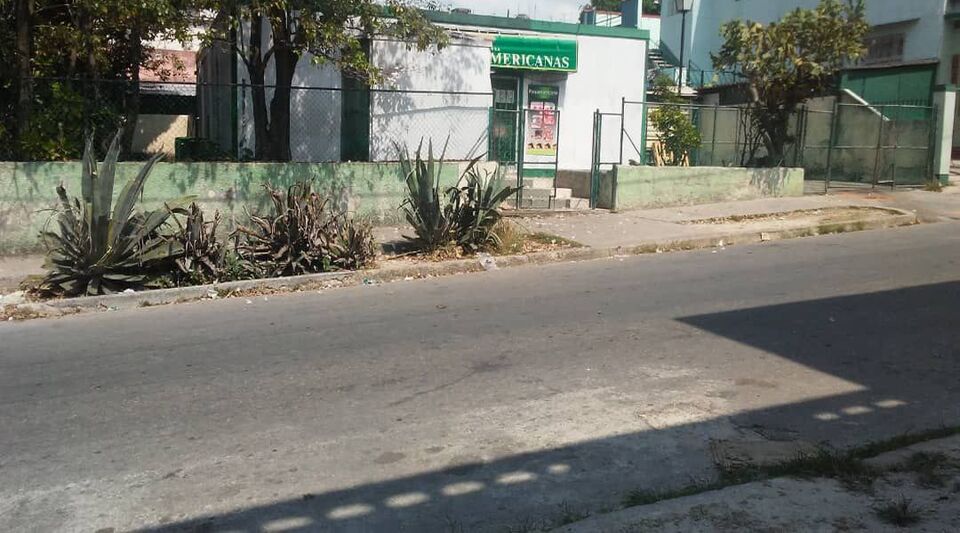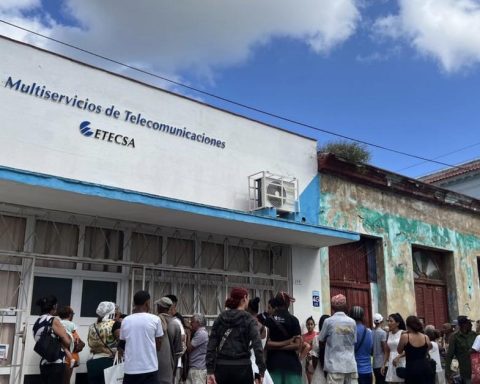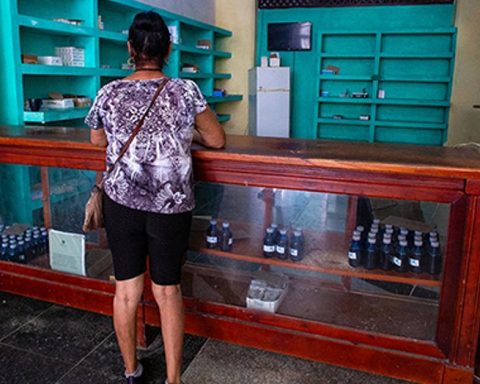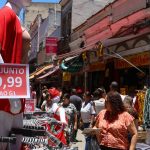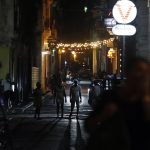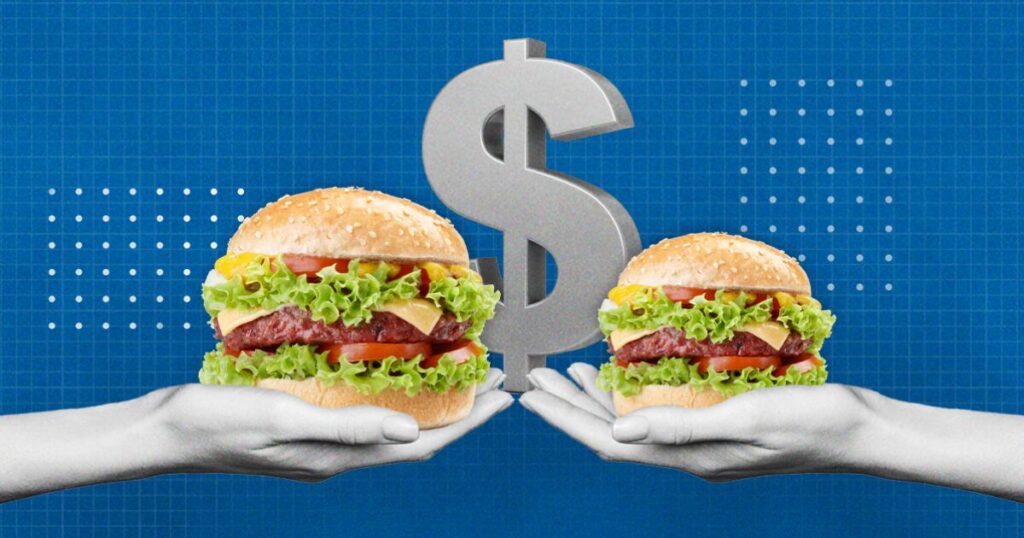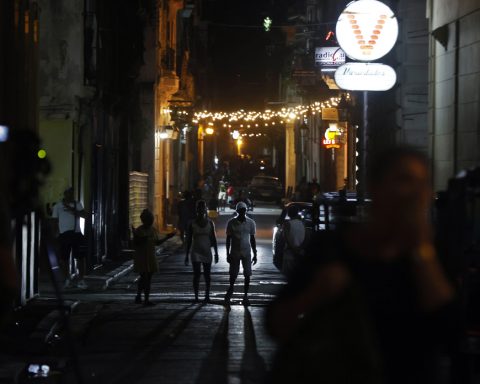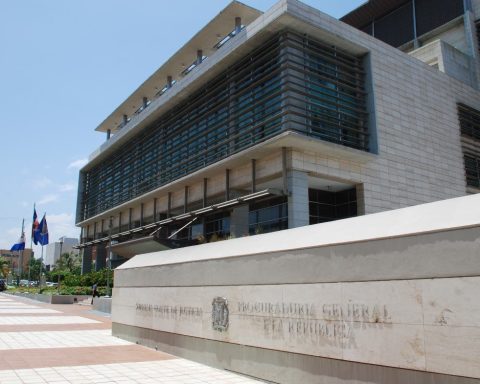Lourdes could only eat rice and beans yesterday and, this Wednesday, she is going the same way. At the small store in Luyanó, Havana, where she lives and where she has to buy according to the new restrictions on sales in pesos by municipalities, only one truck has arrived with 24 boxes of chicken.
The move, started in Carlos III Square and extended to the entire capital from last April 21, is having the effects that many feared. In the most remote places from the center, such as Luyanó or Cotorro, where there are only a few shops for a large population, its residents do not manage to buy what corresponds to them by the passbook.
In the Lourdes store, on Melones street, “they collected 30 notebooks, a part of them physically disabled and, now, the chicken is over,” he tells this newspaper. In front of the shop, a place of minimum dimensions that must serve the population corresponding to ten warehouses, the woman waits and pulls her hair. She doesn’t plan to move from there until another truck arrives. And, with her, dozens of neighbors spread out on that block. “People are sitting on doorsteps, on corners, because they don’t have anything to eat at home,” laments Lourdes, who assures that she is willing to complain to the government.
The anger became enormous when, after finishing the product, the officials of the “anti-coleros brigade”, who control the lines by means of identity cards, left the place with loaded backpacks. “You saw how they carried their arms, bent like that by the weight.”
With the return of the municipalization of the sale, the rows around the container have grown, as well as the fights and irregularities
In the neighborhood of San Pedro, in Cotorro, the scene is repeated. The area only has one store located in a metal container, where every time they stock merchandise, the queues lengthen.
Resident in the vicinity of shops, Antonio Quintana has repeatedly denounced the problems caused to families living in a neighborhood that is far from having the number of points of sale of municipalities such as Centro Habana, Plaza or Old Havana.
With the return of the municipalization of the sale, the rows around the container have grown, as well as the fights and irregularities denounced by consumers, such as the diversion of resources for informal resale and the privilege enjoyed by friends and relatives of the employees. to buy without queuing.
The decision to return to the municipalization, which was in force to avoid the spread of covid-19 and was repealed at the beginning of November, was made, according to the authorities, “taking into account the existing situation with the availability of products and with the objective to make sales more viable, achieve greater equity and therefore reduce the agglomeration of people in establishments”. That is, because of the scarcity and to avoid the long queues.
One of them, in the Cuatro Caminos shopping center, reached, on April 7, a length of almost 20 blocks. Two weeks earlier, the area was heavily guarded by security forces, coinciding with an internet blackout that Etecsa attributed to a “power failure.”
As soon as the measure was announced, the residents of the outskirts of Havana were clear about it. “The other time they did this, it brought a lot of need,” he declared to 14ymedio another neighbor from Luyanó. So, as it has been.
________________________
Collaborate with our work:
The team of 14ymedio is committed to doing serious journalism that reflects the reality of deep Cuba. Thank you for joining us on this long road. We invite you to continue supporting us, but this time becoming a member of our newspaper. Together we can continue transforming journalism in Cuba.
